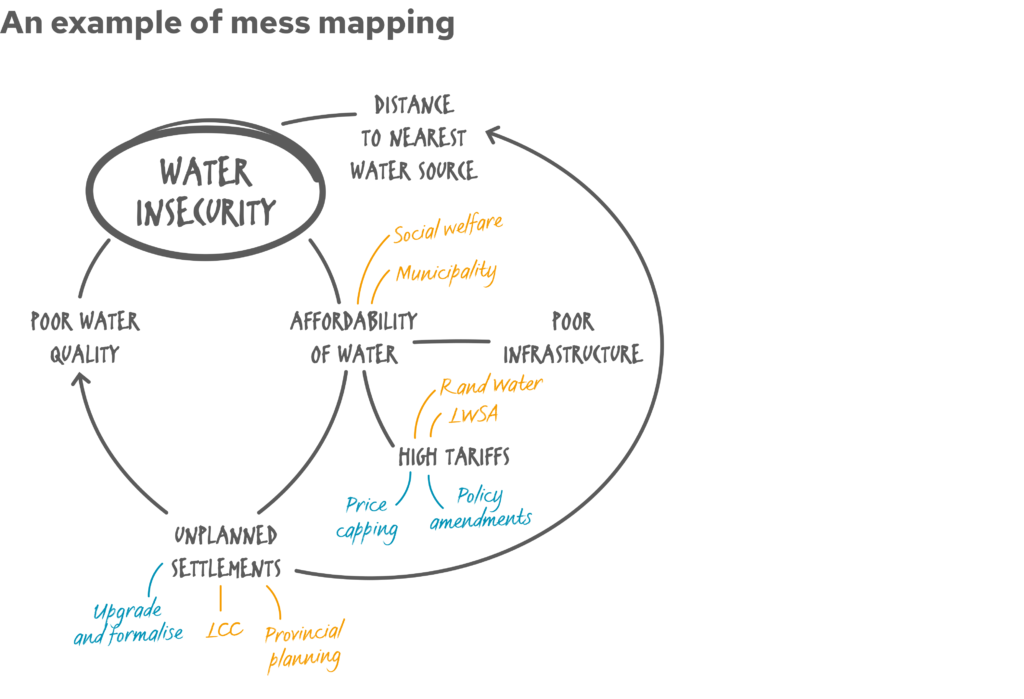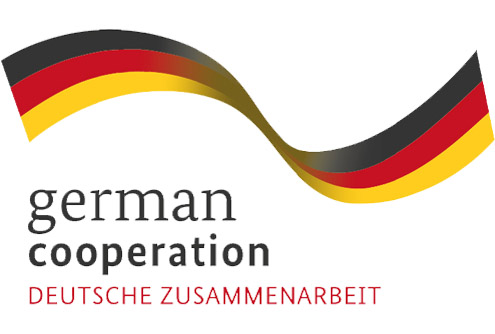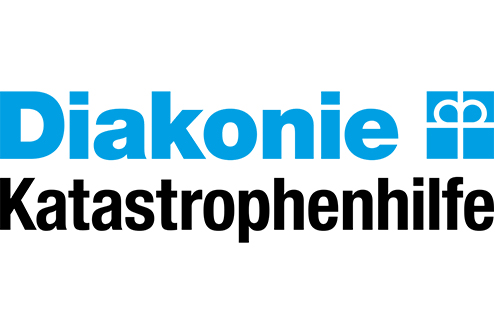Tool 4: Mess mapping
Introduction
Mess mapping is one approach for addressing complex challenges that persistently negatively impact the community and seem to have no perfect solution for addressing them. However, just because there is not one solution, it does not mean that action cannot be taken to reduce the problem.
Understanding complex problems requires a holistic approach and systems perspective, which takes into account the knowledge and lived experiences of multiple stakeholders and disciplines. Mess mapping allows for multiple perspectives to come together in a collaborative process that seems messy but is actually a structured way of making sense of complexity. Mess mapping provides a means for identifying and connecting drivers and processes so that they are made explicit and transparent.
Step 1
Participants agree on a significant challenge or issue within their local context (for example water insecurity, unemployment or health crises, etc.) The issue of focus might need to be negotiated/prioritised amongst participants. This could occur through soliciting ideas from the group and then collaboratively prioritising each of the issues.
For example, one could ask participants to spend a few moments thinking about developmental issues that worry them most and to write these issues down on a post-it note. These post-it notes could then be arranged into themes and these themes presented back to the group for validation.
Once the set of themes are finalised, a voting process can help to prioritise the most prominent issue across the group. This issue is written in the centre of a large flip chart paper. It will act as the starting point from which participants will consider the social, economic, environmental, climate or political drivers of this issue in the area.
Step 2
In one colour, start mapping secondary issues that link to the main issue, or make it worse. For example, for water insecurity, linked issues might be affordability of water, distance to the nearest water source, poor water quality etc. Allow everyone to map their ideas on to the central issue until the ideas are exhausted.
Step 3
Expand mapped issues to the second or third degree because not all issues link directly to the central issue. For example, affordability of water is linked directly to water security. Linked to affordability of water is high water tariffs, bad infrastructure, unplanned settlements etc. Again, allow everyone to map their ideas until the ideas are exhausted.



